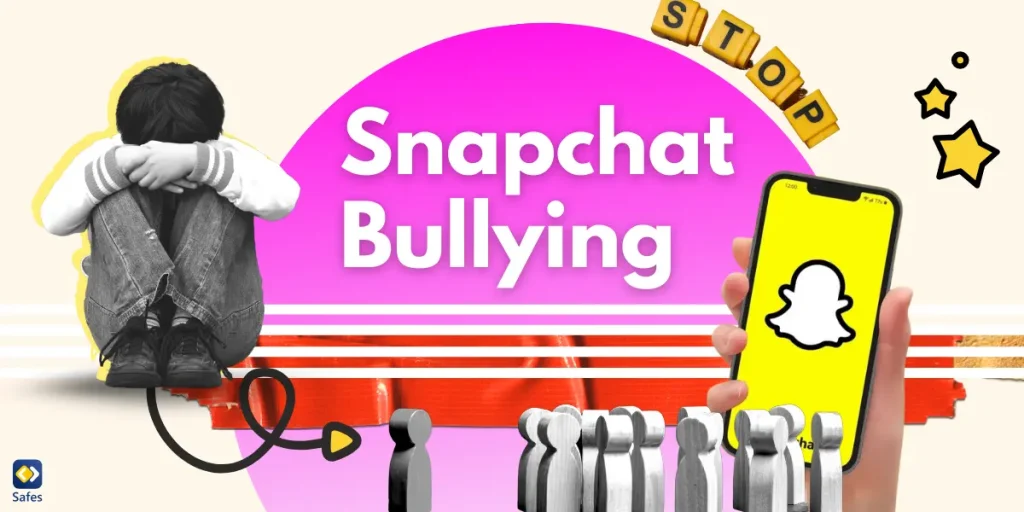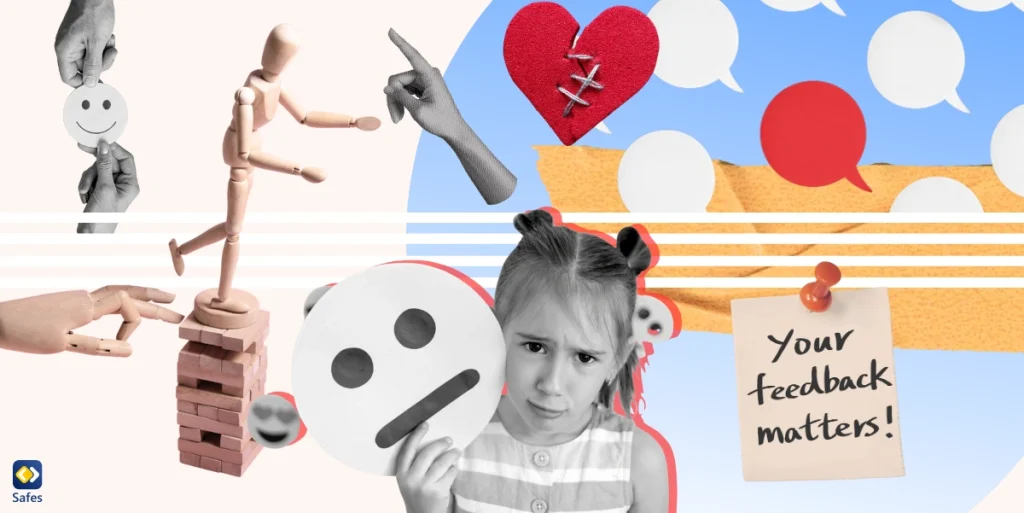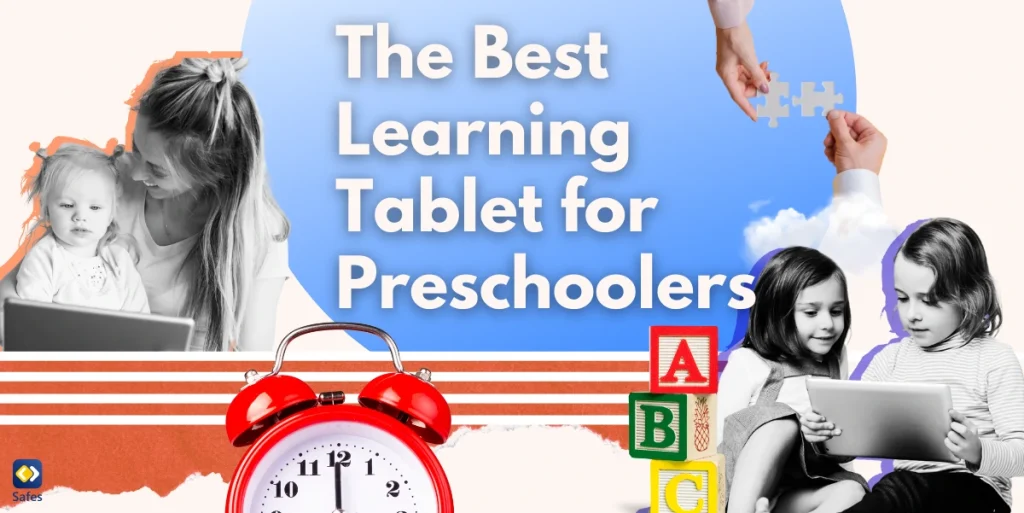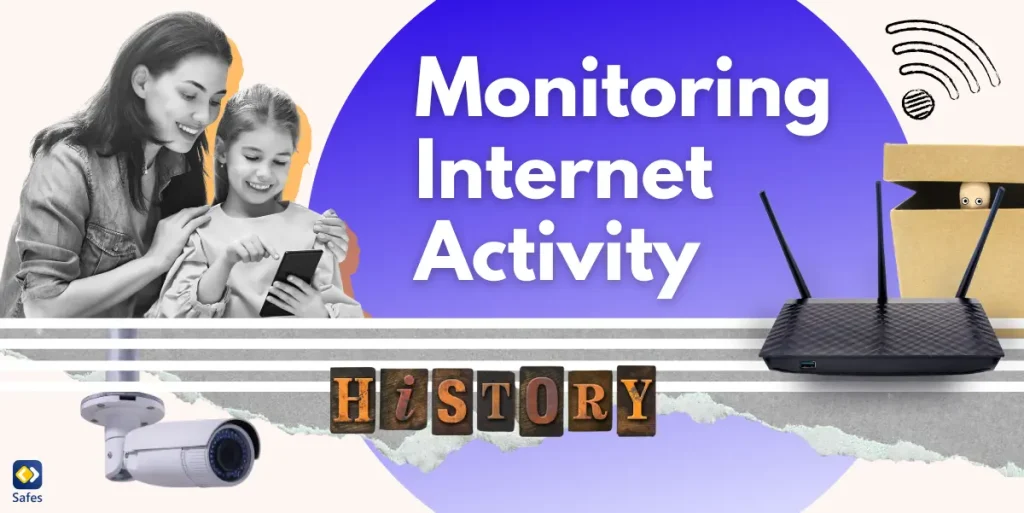Snapchat has become one of the most popular social media apps among kids and teens, offering a fun way to share photos and messages with friends. However, like all social platforms, it comes with its own set of risks, one of the most concerning being the potential for bullying. Unlike traditional bullying, which is more visible, Snapchat bullying can be sneaky and difficult for parents to detect. Messages disappear quickly, making it easier for bullies to hide their actions and harder for victims to prove what’s happening.
Download and Start Your Free Trial of the Safes Parental Control App
As a parent, it’s natural to feel worried about your child’s safety online. This blog is here to provide you with practical advice on Snapchat and bullying. We’ll discuss what bullying on Snapchat looks like, and how to report bullying on this platform.
What Are the Examples of Snapchat Bullying?
It’s important to learn about different forms of Snapchat bullying, some of which are subtle and others more direct. Based on an article about Snapchat’s impact on mental health and communication, this platform has a key role in shaping how young people think, connect with others, express themselves, and perceive social interactions. Therefore, it’s important to deeply understand its effects and how it can be harmful to the young generation. Here are some common Snapchat bullying stories and examples to help you detect the signs in your children.
- Harassing Messages: Bullies may send threatening, insulting, or hurtful messages directly to a child. Since Snapchat messages disappear after being viewed, these abusive comments can leave little evidence, making it hard for victims to prove what’s happening.
- Mean Comments on Stories: Snapchat allows users to post “stories,” which are photos or videos visible to their friends for 24 hours. Bullies might leave mean or mocking comments on these stories, embarrassing or belittling the victim in front of others.
- Screenshotting and Sharing: Although Snapchat notifies users when their content is screenshotted, this doesn’t stop bullies from taking a screenshot of a private photo or message and sharing it with others.
- Impersonation: A bully might create a fake Snapchat account pretending to be the victim. They could then use this account to send inappropriate messages to others.
- Spreading Rumors: Snapchat’s fast-paced environment makes it easy for rumors to spread quickly. So it’s easy to circulate false or damaging rumors about someone, which can be particularly harmful in a tight-knit social circle.
- Snap Maps Stalking: There is a feature called Snap Maps, which shows the real-time location of users. Others can misuse this feature to track the victim’s whereabouts, harass them based on their location, or make them feel unsafe.
These examples show how this app can be harmful to kids, leaving parents with the question “Is Snapchat safe for kids at all?”. However, recognizing these behaviors is the first step toward helping your child stay safe online.

What Is Snapchat Bullying Policy?
Snapchat has a Bullying and Harassment Policy as part of its broader Community Guidelines. This policy protects users from being targeted or harassed on the platform. Here are some prohibited behaviors on this platform.
- Cyber Harassment and Bullying: Snapchat explicitly prohibits any form of bullying, cyber harassment, or intimidation. This includes sending messages, images, or videos that are intended to threaten, insult, or humiliate someone.
- Hate Speech: Content that promotes hatred or violence against individuals based on race, ethnicity, religion, gender, sexual orientation, disability, or other protected characteristics is not allowed.
- Threats of Violence: Making threats of violence, either directly or indirectly, is strictly against Snapchat’s policies.
- Non-Consensual Sharing: Sharing someone’s private information, photos, or videos without their consent is forbidden, from doxxing (publishing private information) to revenge porn.
How to Report Bullying on Snapchat?
If your child is experiencing bullying on Snapchat, it’s important to know how to report it so the issue can be addressed. Snapchat offers several ways to report bullying or harassment directly through the app. Here’s a step-by-step guide on how to do it:
Reporting a Snap or Story
- Open the Snap or Story that contains the bullying content.
- Tap and hold on to the Snap or swipe up.
- Tap on the “Report” button that appears.
- Select the reason for the report, such as “Harassment” or “Bullying.”
- Follow the on-screen instructions to complete the report.
Reporting a Chat
- Open the chat with the person who is bullying your child.
- Press and hold the specific message or snap in the chat that is problematic.
- Tap on “Report” in the menu that appears.
- Choose the appropriate reason for the report and submit it.
Reporting an Account
- Go to the profile of the user you want to report by searching for their username or selecting their Bitmoji/avatar.
- Tap on the three dots (ellipsis) in the upper-right corner of their profile.
- Select “Report” from the menu.
- Choose a reason for reporting the account, such as “They are being abusive” or “They are pretending to be someone else.”
Reporting a Group Chat
- Open the group chat where the bullying is occurring.
- Tap on the group name at the top to access the group settings.
- Scroll down and tap “Report”.
- Follow the prompts to submit your report.
Blocking the Bully
If your child is being bullied, it’s also a good idea to block the person to prevent further contact. To do this:
- Go to the profile of the person you want to block.
- Tap on the three dots in the upper-right corner.
- Select “Block” and confirm your decision.

Final Word
To keep your child safe from bullying on Snapchat, you need awareness, communication, and the right tools. While Snapchat can be a fun and engaging platform, the risks of bullying and harassment are real and should not be overlooked. By understanding the different forms of Snapchat bullying and knowing how to report it, you can help protect your child’s well-being online.
Safes, our parental control app is your useful tool to protect your child from internet dangers! Somehow similar to Windows parental controls, Safes offers comprehensive features that allow you to monitor your child’s activity, set screen time limits, and get alerts on potential risks, ensuring they have a safer and more positive experience on Snapchat and other platforms.
Download Safes today on Android or iOS and use our free trial to explore all the features we offer.
Your Child’s Online Safety Starts Here
Every parent today needs a solution to manage screen time and keep their child safe online.
Without the right tools, digital risks and excessive screen time can impact children's well-being. Safes helps parents set healthy boundaries, monitor activity, and protect kids from online dangers—all with an easy-to-use app.
Take control of your child’s digital world. Learn more about Safes or download the app to start your free trial today!




